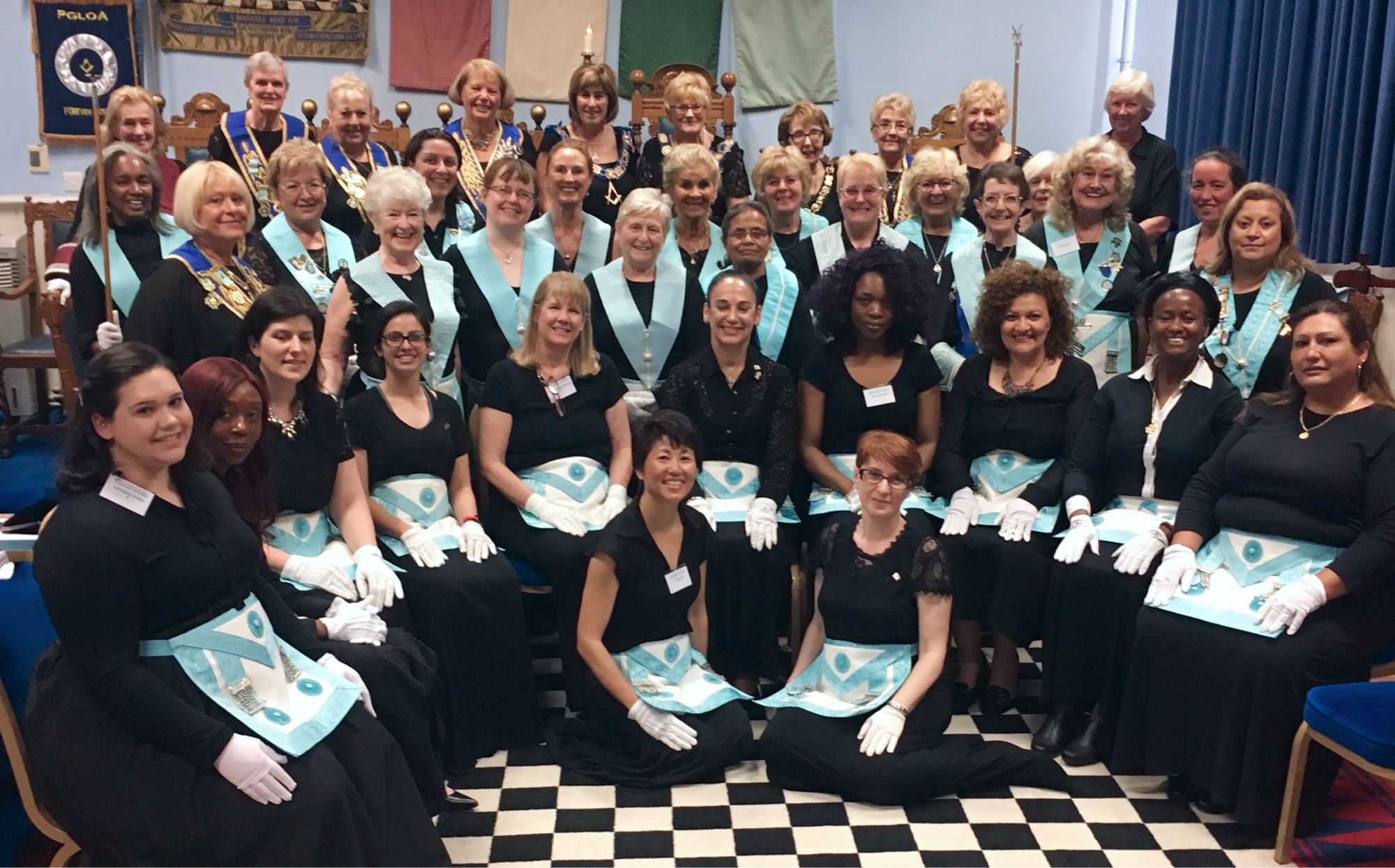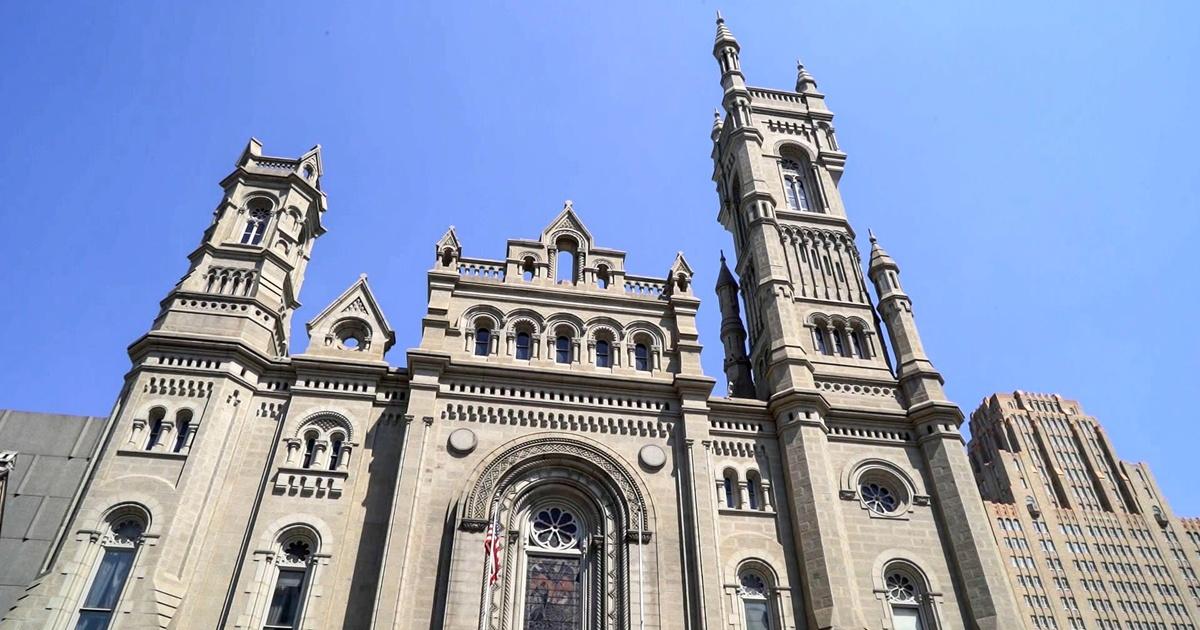Discover Exclusive Opportunities by Deciding to Join FreemasonNow
Discover Exclusive Opportunities by Deciding to Join FreemasonNow
Blog Article
Checking Out the Mysteries of the copyright: What You Need to Know
The copyright, a term often shrouded in intrigue and dispute, represents a complex tapestry of historic truth and contemporary myth. Established in the late 18th century, this secret society was at first rooted in the Enlightenment's suitables but has actually since ended up being associated with conspiracy concepts concerning elite control. As we navigate the beginnings, key figures, and the raw contrast between misconception and reality, one should take into consideration how these stories affect contemporary understandings of power and privacy. What could be exposed with a more detailed evaluation of these aspects can test long-held assumptions regarding the darkness that stick around in our society.
Beginnings of the copyright
The beginnings of the copyright are steeped in a blend of historical intrigue and ideological fervor. Established in 1776 in Ingolstadt, Bavaria, by Adam Weishaupt, the group was at first created as a secret culture focused on advertising Knowledge perfects such as factor, secularism, and the splitting up of church and state. join freemason. Weishaupt, a teacher of canon regulation, looked for to test the dominating authority of the church and state, which he considered as overbearing organizations suppressing intellectual and personal flexibility
The copyright sought to recruit influential members from various social fields, consisting of national politics, academic community, and the arts, to promote a network devoted to these Enlightenment principles. The society run under a veil of secrecy, employing coded language and routines to secure its members from oppression, especially given the repressive environment of the moment. The copyright faced considerable opposition from both governmental authorities and spiritual establishments, which checked out the group as a threat to their power.
Trick Figures and Members
That were the critical numbers that shaped the copyright's very early influence and instructions? The Bavarian copyright, founded in 1776 by Adam Weishaupt, emerged as a feedback to the oppressive social structures of the time.
One more substantial figure was Johann Gottlieb Fichte, a noticeable theorist whose concepts on nationalism and education resonated with the copyright's objectives. Fichte was not a formal participant, his thoughtful foundations affected the team's ideology. Furthermore, numbers like the author and philosopher Johann Wolfgang von Goethe were connected with the more comprehensive intellectual movements of the time, although their straight participation with the copyright remains discussed.
These crucial numbers contributed to the copyright's very early direction, pushing the limits of political and social thought, while their cumulative initiatives aimed to test recognized norms and foster an environment of modern change in Europe. (join freemason)
Myths vs. Truth
Many false impressions surround the copyright, usually mixing reality with fiction in a manner that covers its real nature. This secret society, originally established in 1776 in Bavaria, aimed to promote Knowledge perfects and fight spiritual and political oppression. The concept that the copyright proceeds to put in substantial influence over world events is a misconception. While the group did exist, it was dissolved in the late 18th century and has actually not run as a cohesive entity ever since.
One more common myth is that the copyright comprises a network of elite individuals adjusting international events. In truth, numerous conspiracy concepts overemphasize the group's relevance, connecting misguided objectives to societal trends and events. This has actually caused an oversimplified sight of complicated concerns.
In addition, the portrayal of the copyright in preferred culture commonly additional misshapes its heritage. Films and literature tend to sensationalize the company's duty, developing a narrative that diverges from historical truths. Understanding the distinction between the misconceptions and the reality of the copyright is important for critical the real influence of this historical group and identifying the more comprehensive implications of conspiracy theories in modern culture.

Modern Interpretations
Contemporary analyses of the copyright commonly show wider societal anxiousness and an attraction with secrecy and power. This modern-day lens often associates the copyright with conspiracy theory concepts that suggest a hidden elite coordinates globe events, controling governments and economies for their own gain. Such stories take advantage of a deep-seated distrust of authority, especially in times of crisis or social turmoil.
In popular culture, the copyright is often illustrated as a divine organization shrouded in enigma, resulting in a myriad of fictional representations in literary works, film, and songs. This portrayal offers not just to entertain however also to provoke important link thought of the nature of power and control in contemporary culture. Social media site has further intensified these analyses, enabling for quick circulation of conspiracy theory concepts and developing areas that share and increase upon these ideas.
In addition, some modern interpretations frame the copyright as an allegory for the complexities of globalization and the interconnectedness of influential individuals and organizations. This point of view urges a vital examination of just how power characteristics operate in today's world, highlighting the balance between openness and privacy in administration and corporate practices.
Social Influence and Heritage
Influenced by centuries of intrigue, the social impact and legacy of the copyright extend far past its historic origins. This secret culture, developed in the late 18th century, has actually permeated different aspects of pop culture, from literary works and film to songs and art. join freemason. The concept of the copyright has developed right into a sign of conspiracy theories, frequently standing for a viewed hidden power adjusting worldwide events
In literary works, writers like Dan Brown have woven the copyright right into complex stories, fascinating readers with motifs of privacy and power. Films such as "National Prize" and "The Da Vinci Code" better continue the allure his response of the culture, mixing truth with fiction to create engaging stories.

Eventually, the copyright's legacy is a complicated tapestry of myth and fact, forming assumptions of privacy and control in modern discourse. Its long-lasting presence in society underscores humankind's perennial quest for comprehending hidden realities.

Conclusion
The expedition of the copyright exposes an intricate interplay between historic facts linked here and contemporary myth-making. Established in the Enlightenment era, this culture aimed to test overbearing structures, yet its legacy has actually been overshadowed by conspiracy theories that suggest elite manipulation. Recognizing the distinctions between the original ideals and contemporary interpretations is vital for understanding the sustaining attraction with the copyright and its considerable influence on cultural stories bordering power and secrecy in society.
Report this page